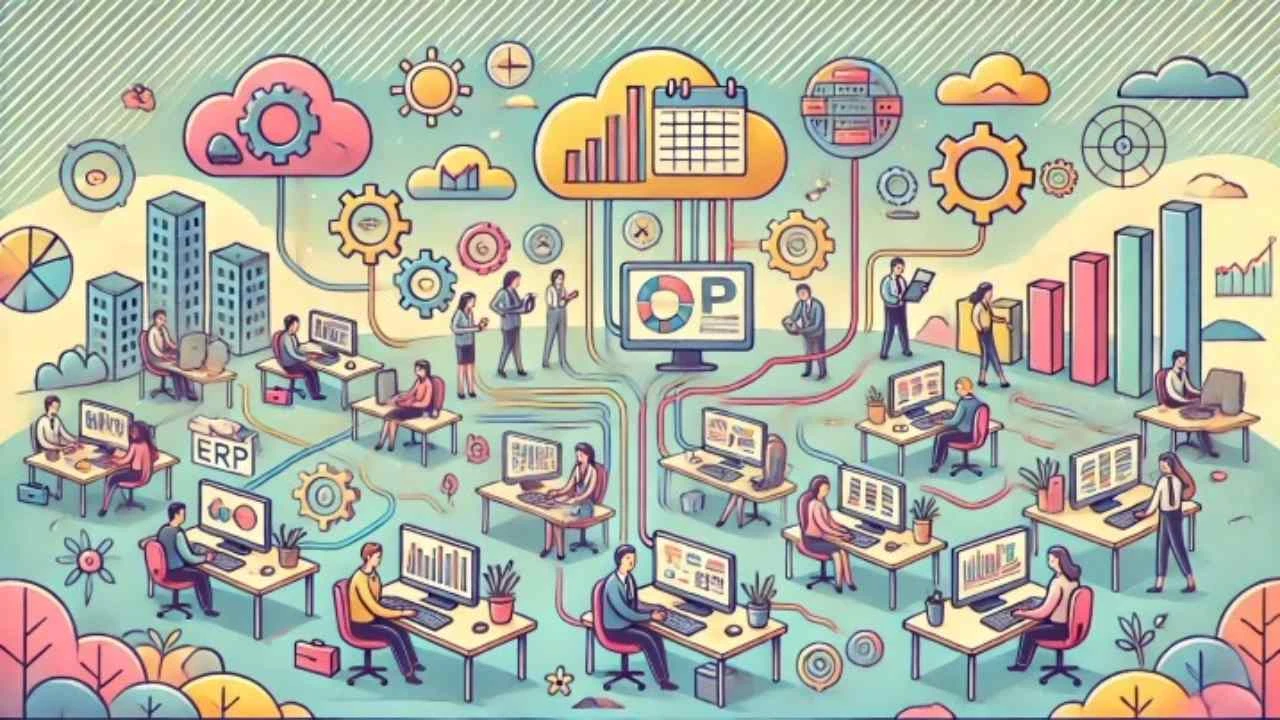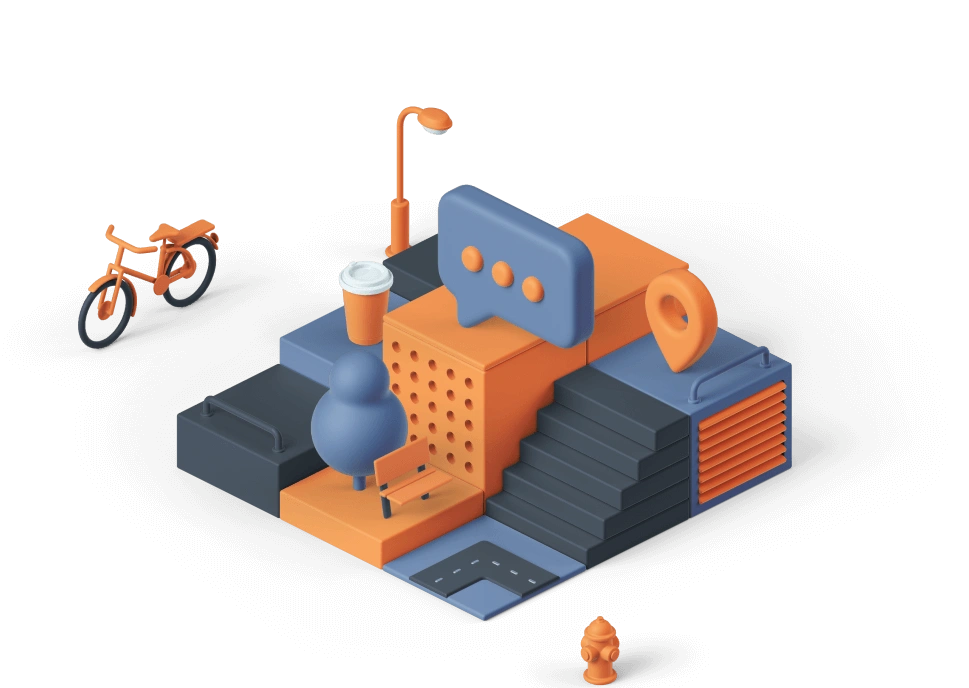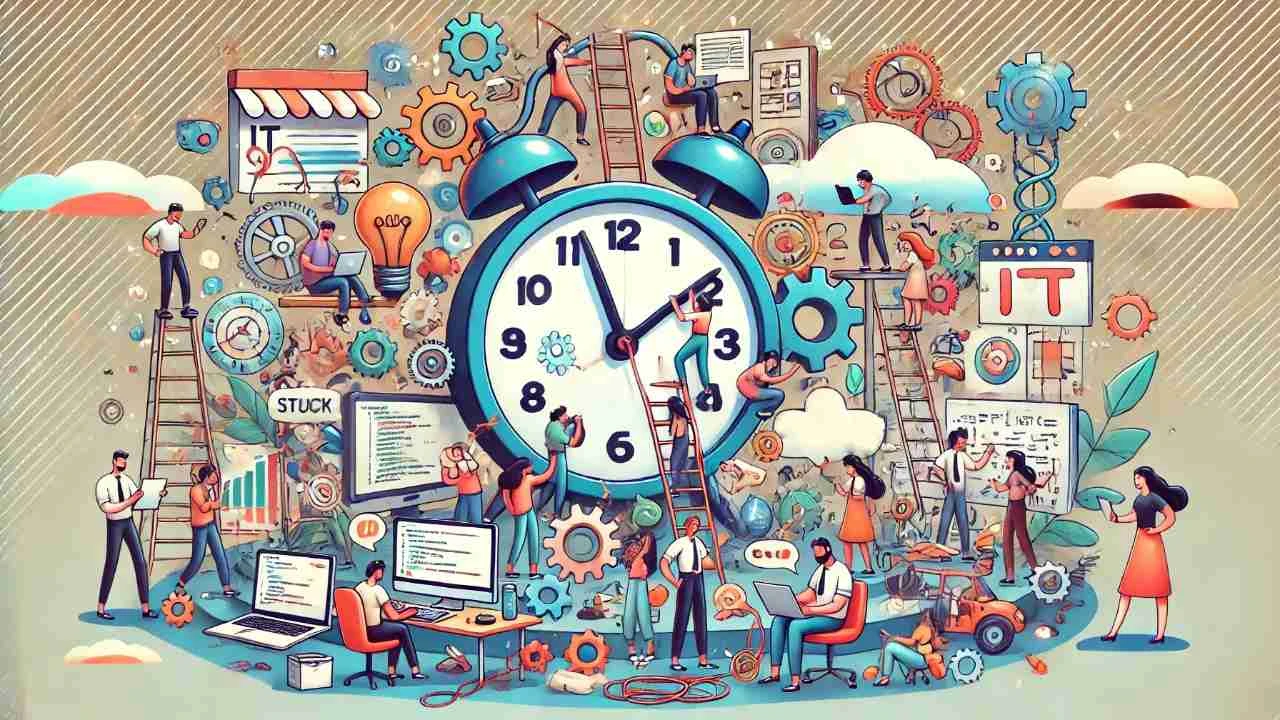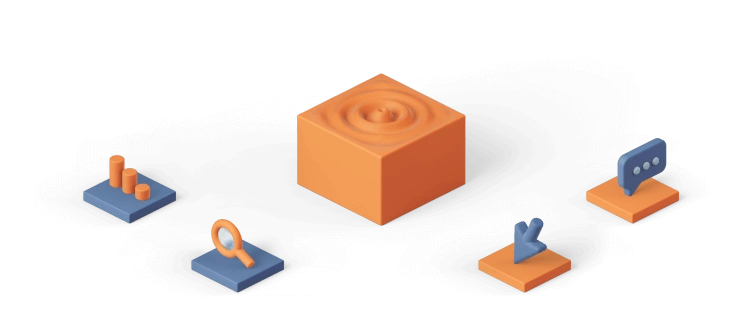ERP Implementation Best Practices
Learn key steps for successful integration and optimize your business processes.

Implementing an Enterprise Resource Planning (ERP) system can transform a business by improving efficiency, streamlining operations, and providing valuable insights. However, a successful ERP implementation requires careful planning and execution. By following best practices and addressing common challenges, businesses can ensure a smooth transition to a new ERP system. This article outlines the key steps for successful ERP implementation and offers strategies for overcoming common challenges.
Steps for Successful ERP Implementation
- Define Clear Objectives:
- Establish Goals: Start by defining what you want to achieve with the ERP system. Clear objectives, such as improving operational efficiency, enhancing data accuracy, or streamlining processes, will guide the entire implementation process.
- Engage Stakeholders: Involve key stakeholders from different departments to ensure that the ERP system meets the needs of various functions within the organization. Their input will help identify critical requirements and potential challenges.
- Choose the Right ERP System:
- Assess Needs: Evaluate the specific needs of your business and select an ERP system that aligns with these requirements. Consider factors such as industry-specific features, scalability, and integration capabilities.
- Vendor Evaluation: Research and compare different ERP vendors to find the one that offers the best fit for your organization. Look for vendors with a proven track record, strong support services, and a good understanding of your industry.
- Plan and Prepare:
- Develop a Project Plan: Create a detailed project plan that outlines the implementation timeline, milestones, and resource requirements. Include provisions for data migration, system integration, and user training.
- Allocate Resources: Assign a dedicated project team to manage the implementation process. Ensure that the team has the necessary skills and experience to handle the various aspects of the project.
- Data Migration and Integration:
- Cleanse Data: Before migrating data to the new ERP system, clean and validate existing data to ensure accuracy and consistency. This step helps prevent issues related to data integrity.
- Integrate Systems: Ensure that the ERP system integrates seamlessly with other existing systems and software used by your organization. Proper integration will enhance data flow and operational efficiency.
- User Training and Change Management:
- Train Users: Provide comprehensive training to users on how to effectively use the new ERP system. Ensure that training is tailored to different user roles and functions.
- Manage Change: Implement a change management strategy to help employees adapt to the new system. Communicate the benefits of the ERP system and address any concerns or resistance.
- Testing and Go-Live:
- Conduct Testing: Perform thorough testing of the ERP system to identify and resolve any issues before going live. Testing should include functional, integration, and performance testing.
- Go-Live Strategy: Develop a go-live strategy that includes a phased rollout or a full-scale implementation. Monitor the system closely during the initial go-live period to address any issues promptly.
- Post-Implementation Support:
- Provide Ongoing Support: After the ERP system goes live, offer ongoing support to users to address any problems or questions. Regularly review system performance and make necessary adjustments.
- Evaluate and Optimize: Continuously evaluate the ERP system's performance and seek opportunities for optimization. Gather feedback from users and make improvements to enhance system efficiency and effectiveness.
Common Challenges and How to Overcome Them
- Resistance to Change:
- Challenge: Employees may resist adopting the new ERP system due to fear of change or unfamiliarity with the new technology.
- Solution: Implement a robust change management strategy that includes clear communication about the benefits of the ERP system and provides support to employees throughout the transition.
- Data Migration Issues:
- Challenge: Migrating data from legacy systems to the new ERP system can be complex and prone to errors.
- Solution: Invest time in data cleansing and validation before migration. Work with experienced data migration specialists to ensure a smooth transition and minimize data-related issues.
- Customization and Integration Difficulties:
- Challenge: Customizing the ERP system and integrating it with existing systems can be challenging and may lead to technical issues.
- Solution: Plan for adequate customization and integration during the planning phase. Work closely with ERP vendors and consultants to address technical challenges and ensure seamless integration.
- Underestimating Training Needs:
- Challenge: Inadequate training can lead to poor user adoption and ineffective use of the ERP system.
- Solution: Provide comprehensive training tailored to different user roles. Offer ongoing training and support to help users become proficient with the new system.
- Budget and Timeline Overruns:
- Challenge: ERP implementations can exceed budget and timeline estimates due to unforeseen issues or scope changes.
- Solution: Develop a realistic project plan with built-in contingencies. Regularly monitor progress and address any deviations from the plan promptly.
Conclusion
Successful ERP implementation requires a structured approach and attention to detail. By defining clear objectives, selecting the right ERP system, planning effectively, and addressing common challenges, businesses can achieve a smooth transition to a new ERP system. With proper preparation, training, and support, organizations can leverage their ERP system to drive efficiency, enhance decision-making, and achieve their strategic goals.






